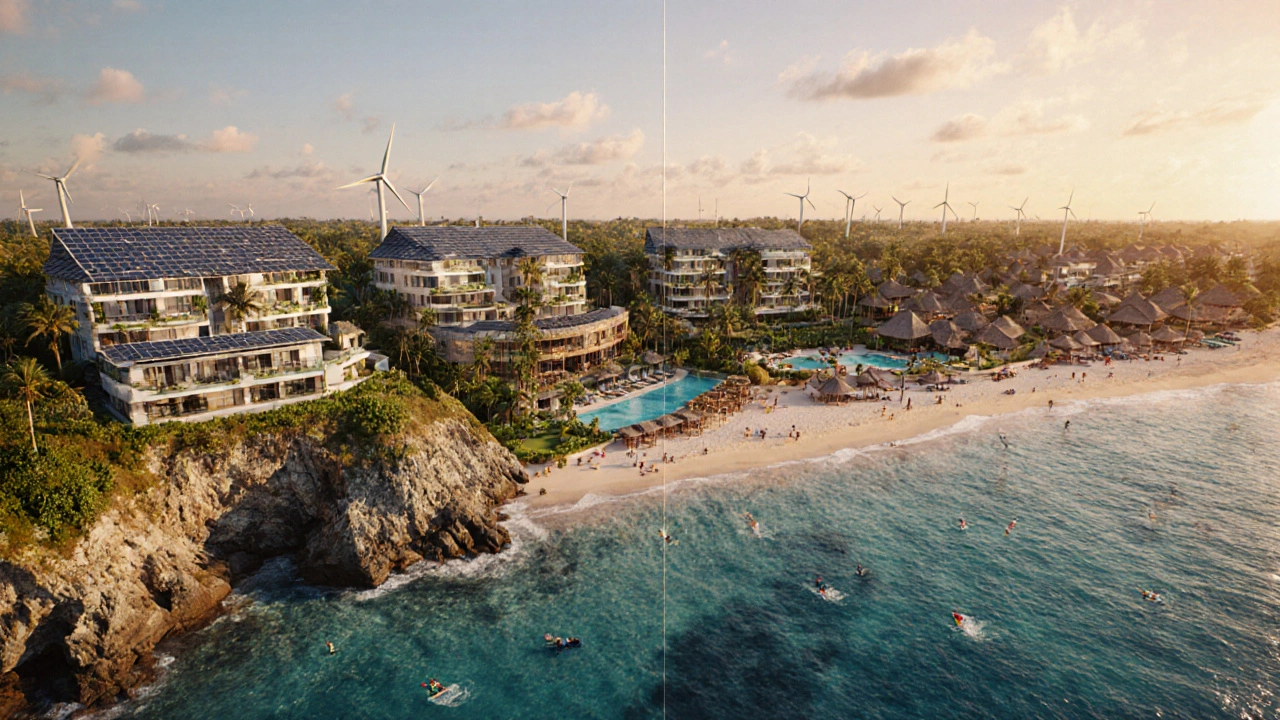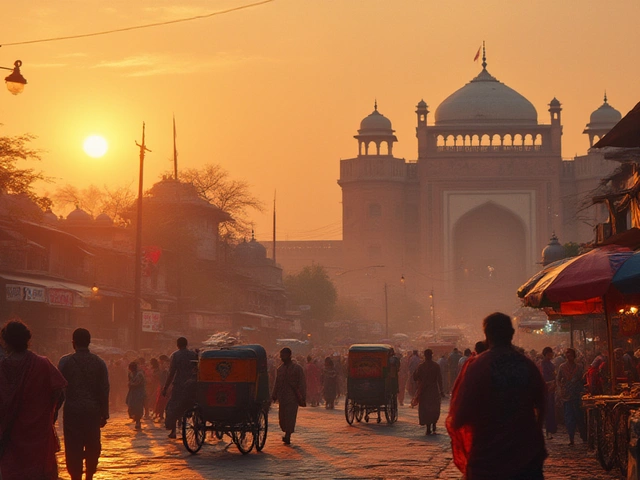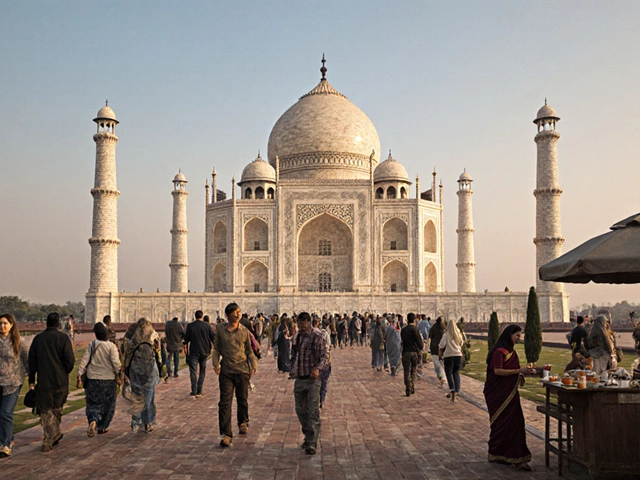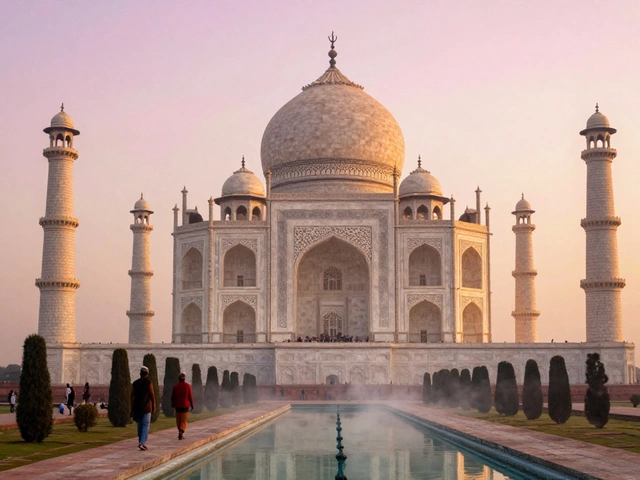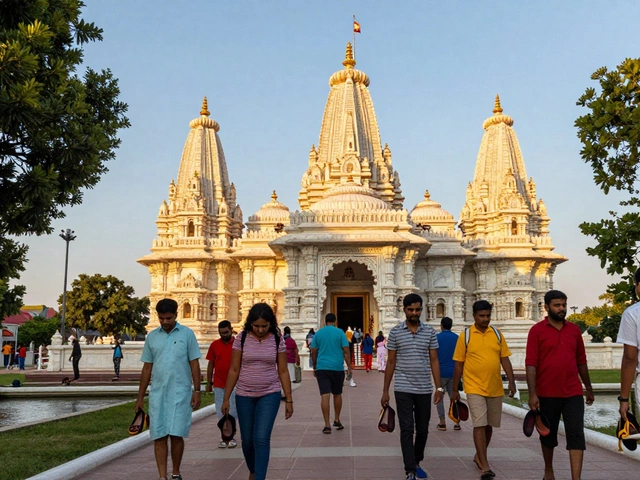Resort Type Calculator
Find Your Perfect Resort Type
Answer a few quick questions to determine which resort type best matches your travel style.
Your Recommended Resort Type
Planning a vacation can feel overwhelming, but breaking down the options into clear categories makes the decision a lot easier. Understanding the resort classifications helps you match your expectations with the right experience, whether you’re chasing sustainability, indulgence, intimacy, or hassle‑free all‑in‑one packages.
What is a resort classification?
Resort classification is a method of grouping resort properties based on their core focus, amenities, and sustainability practices. The travel industry generally recognizes four major groups that cover the spectrum from eco‑conscious retreats to ultra‑luxury getaways.
1️⃣ Eco‑Friendly Resorts
Eco-friendly resort is a property that prioritizes environmental stewardship, resource efficiency, and positive community impact. These resorts often hold green building certifications such as LEED or Green Globe, employ renewable energy sources, and run carbon offset programs. Guests can expect low‑impact activities, locally sourced food, and educational tours that highlight nearby ecosystems.
Key sustainable features include:
- Solar panels or wind turbines providing a significant share of power
- Water‑saving fixtures and gray‑water recycling
- Organic farms or partnerships with local farmers
- Programs that give back to the surrounding community, like school donations or employment training
2️⃣ Luxury Resorts
Luxury resort is a high‑end property delivering premium services, opulent accommodations, and curated experiences. Think sprawling spa complexes, private butlers, fine‑dining restaurants with Michelin‑star chefs, and exclusive access to golf courses or private beaches. While sustainability can be a part of their offering, the primary draw is the depth of indulgence and attention to detail.
Typical hallmarks of luxury resorts:
- Spacious suites or villas with private pools
- 24‑hour concierge and personalised itinerary planning
- World‑class wellness centres (spa, yoga, fitness)
- High‑tech in‑room amenities such as smart climate control and premium entertainment systems
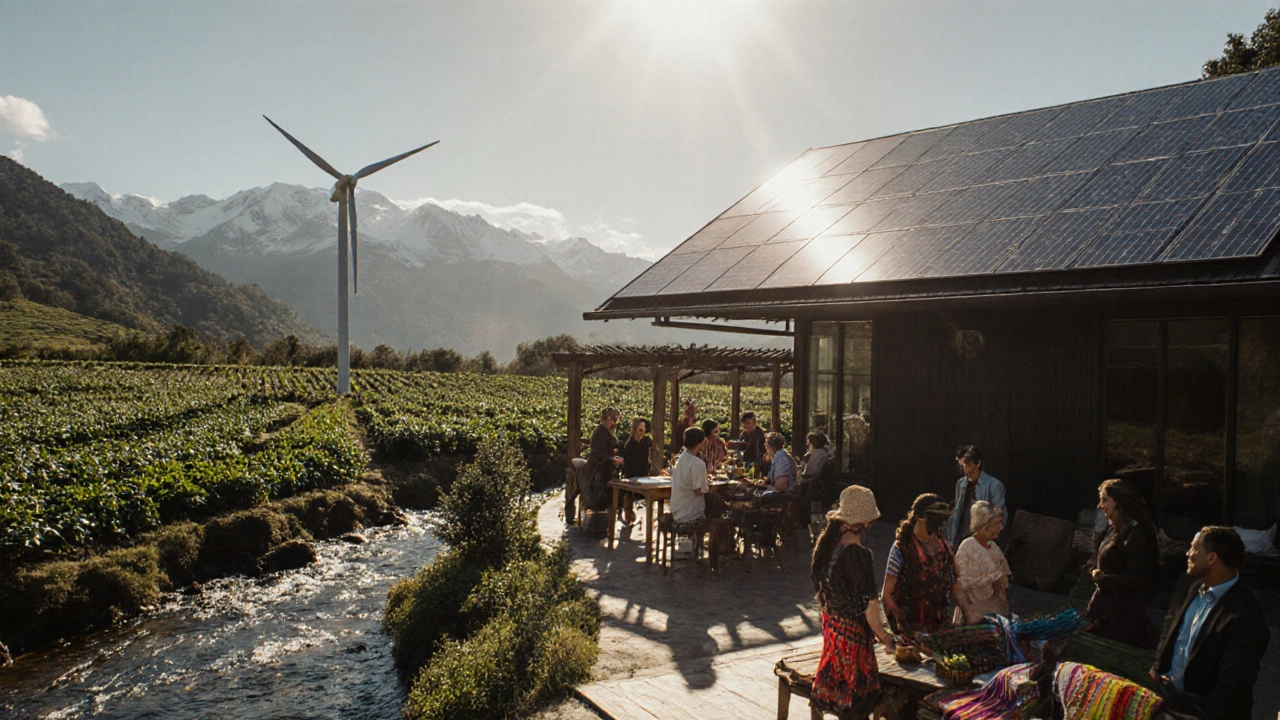
3️⃣ Boutique Resorts
Boutique resort is a smaller, design‑focused property that offers a intimate atmosphere and highly personalised service. These resorts often have a strong sense of place, showcasing local architecture, art, and cuisine. The guest‑to‑staff ratio is low, allowing staff to remember preferences and create tailor‑made experiences.
Distinctive traits of boutique resorts include:
- Unique thematic décor reflecting the region’s culture
- Curated local experiences, such as cooking classes with resident chefs
- Limited number of rooms, often under 100
- Emphasis on community integration, like collaborations with nearby artisans
4️⃣ All‑Inclusive Resorts
All‑inclusive resort is a property where accommodation, meals, drinks, activities and entertainment are bundled into one upfront price. This model appeals to travelers who want a hassle‑free vacation without worrying about extra costs. While some all‑inclusive resorts are luxury‑oriented, many cater to families and budget‑conscious guests.
Features you’ll typically find:
- Unlimited dining at multiple on‑site restaurants
- All drinks, including premium alcohol, covered
- Daily activities ranging from water sports to guided tours
- Kids’ clubs and family‑friendly entertainment
Comparison Table
| Feature | Eco‑Friendly | Luxury | Boutique | All‑Inclusive |
|---|---|---|---|---|
| Primary focus | Sustainability & local impact | Opulent amenities | Unique design & personal service | All meals, drinks & activities bundled |
| Typical price range (USD/night) | $150‑$400 | $500‑$2000+ | $200‑$600 | $250‑$800 |
| Guest‑to‑staff ratio | 12‑20 | 4‑8 | 6‑12 | 10‑15 |
| Key sustainability metrics | LEED/Green Globe, renewable energy, carbon offsets | Often optional certifications | Often local sourcing, low‑impact design | Variable, some chains now pursuing green labels |
| Ideal traveler | Eco‑conscious adventurers | Luxury seekers, honeymooners | Culture lovers, design enthusiasts | Families, budget‑savvy vacationers |
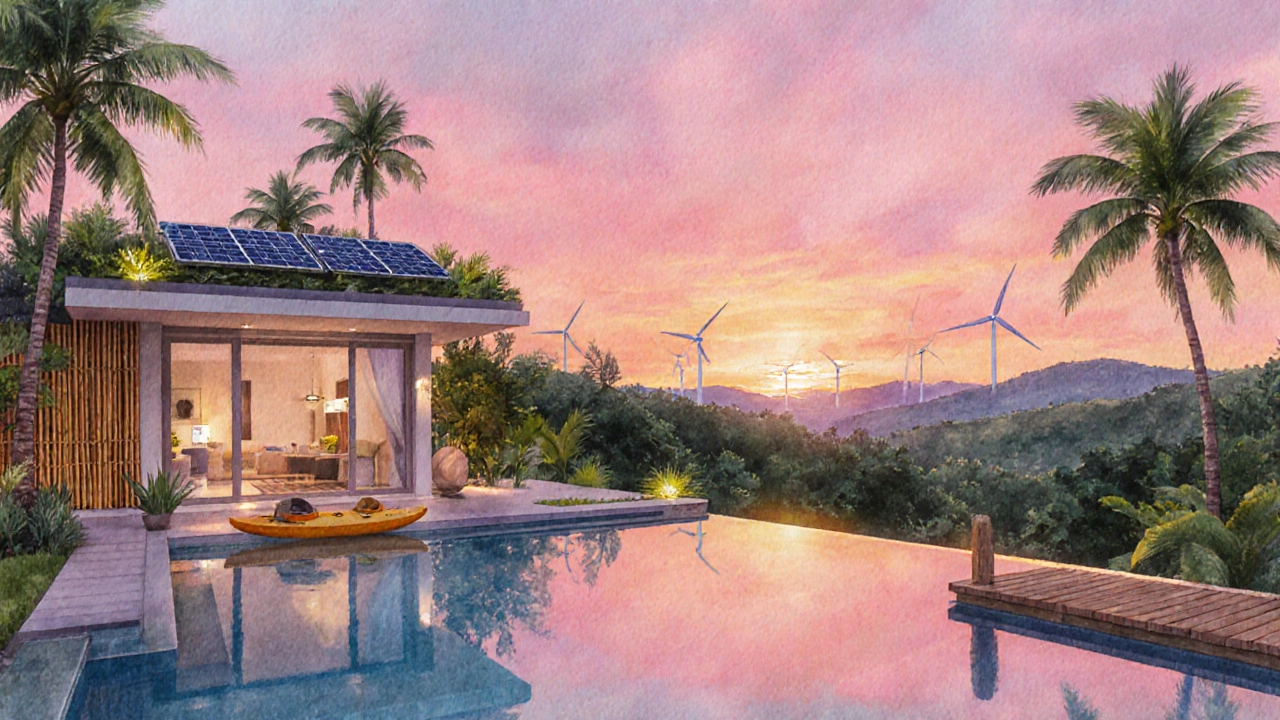
How to Choose the Right Resort for Your Trip
- Define your priorities. Are you looking to minimize your carbon footprint, enjoy world‑class pampering, experience local culture intimately, or simply have everything prepaid?
- Set a realistic budget. Remember that luxury resorts command premium rates, while eco‑friendly or boutique properties can sometimes offer better value for the experience.
- Research certifications. For eco‑friendly stays, look for LEED, Green Globe, or EarthCheck badges. These indicate genuine sustainability efforts.
- Check amenity lists. All‑inclusive resorts highlight included activities, whereas boutique hotels often showcase unique spa treatments or curated tours.
- Read recent guest reviews. Focus on comments about service consistency, environmental practices, and authenticity of local experiences.
Common Pitfalls & Pro Tips
Pitfall: Assuming all “eco‑friendly” labels are equal. Tip: Verify the specific certification and look for measurable outcomes like reduced energy consumption percentages.
Pitfall: Over‑paying for luxury amenities you won’t use. Tip: Book a room with a smaller suite or request a “lite” package that removes unused services.
Pitfall: Choosing a boutique resort that’s too remote for your itinerary. Tip: Map out travel times to major attractions beforehand; a charming inn loses its charm if you spend half the day commuting.
Pitfall: Ignoring hidden fees in all‑inclusive resorts, like premium alcohol or specialty dining. Tip: Read the fine print and ask the property about any exclusions before you book.
Frequently Asked Questions
What makes a resort truly eco‑friendly?
A truly eco‑friendly resort follows recognized standards like LELEED or Green Globe, uses renewable energy (solar, wind), implements water‑saving systems, sources food locally, and actively supports community projects. Third‑party certification provides the most reliable proof.
Are luxury resorts more sustainable than boutique hotels?
Not necessarily. Some luxury chains have begun large‑scale sustainability programs, but boutique hotels often have lower footprints because of smaller size and deeper local integration. Compare certifications rather than brand reputation alone.
Do all‑inclusive resorts include premium alcohol?
Most all‑inclusive packages cover standard wines, beers, and basic spirits. Premium labels, top‑shelf liquors, and specialty cocktails are often extra‑charge items, so check the resort’s beverage list before booking.
Can I combine two classifications, like an eco‑luxury resort?
Yes. Many high‑end resorts are now marketed as “eco‑luxury,” offering lavish rooms alongside rigorous sustainability programs. Look for both luxury amenities and verifiable green certifications.
How do I verify a resort’s local community partnership claims?
Check the resort’s website for specific project names, read third‑party articles, or ask the property directly for impact reports. Authentic partnerships often cite measurable outcomes, such as the number of locals employed or funds donated.
